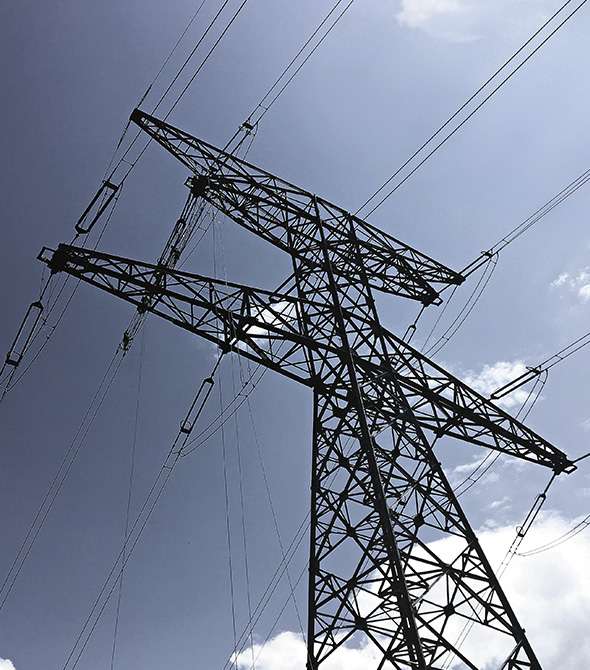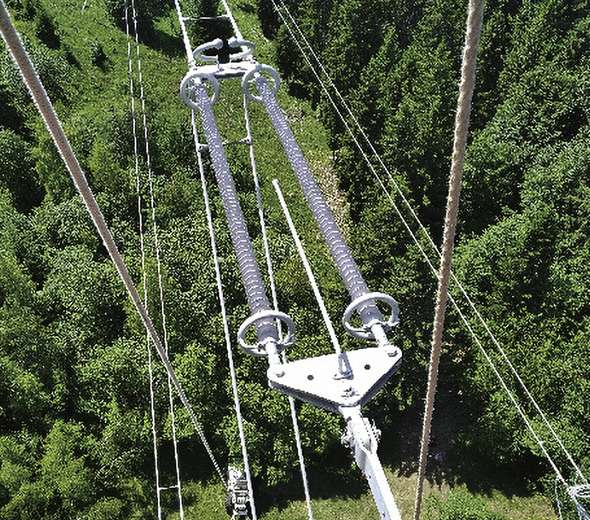PFISTERER is supplying French transmission system operator Réseau de Transport d’Électricité (RTE) with silicone composite insulators including protective fittings for suspension and strain strings with 225 kV and 400 kV and load classes from 150 kN to 600 kN. The project centred on the precise integration of silicone composite insulators including protective fittings into existing string designs, which are intended for glass cap insulators.
Silicone composite insulators – durable and economical
With nearly 105,000 km of lines, RTE operates the largest transmission grid in Europe. Mainly glass cap insulators are used in the insulator strings for the overhead lines. Where lines traverse industrial zones, coastal areas or mountainous regions, however, RTE uses silicone composite insulators for their economic and technical advantages. “The hydrophobicity of the silicone rubber causes moisture and dissolved contaminants from the air to bead and run off,” explains Ivan von Meister, project manager at PFISTERER. “The result is very good arcing resistance in heavily polluted environments like railway tunnels.” Cleaning work that is usually required with conventional insulators can therefore be eliminated in remote and inaccessible areas. Silicone composite insulators are also breakage resistant under shock stresses, while their low weight facilitates transportation and enables sleek mast designs. Their use supports RTE’s goals of operational reliability and economic efficiency in high-voltage overhead lines.


